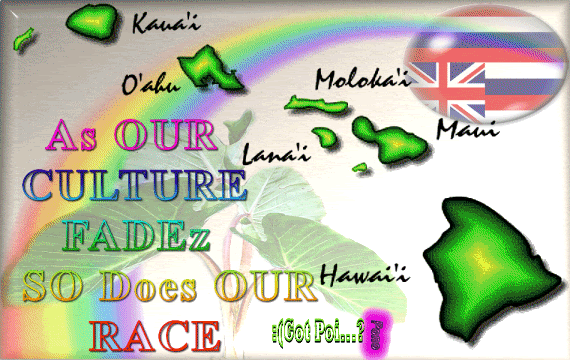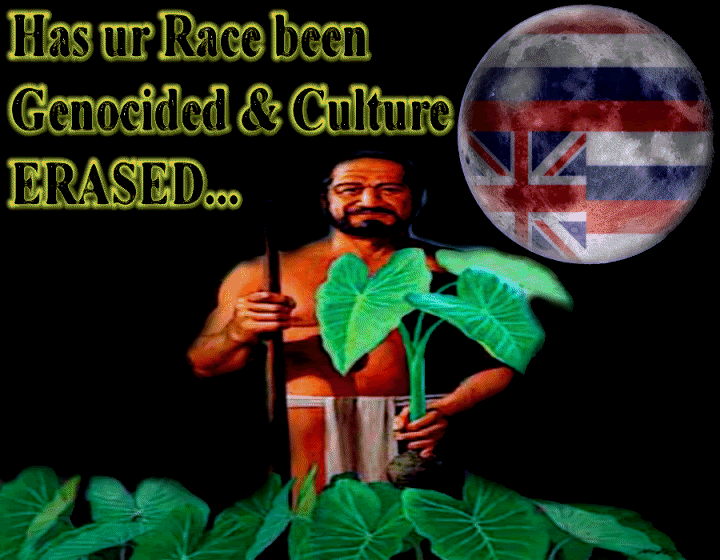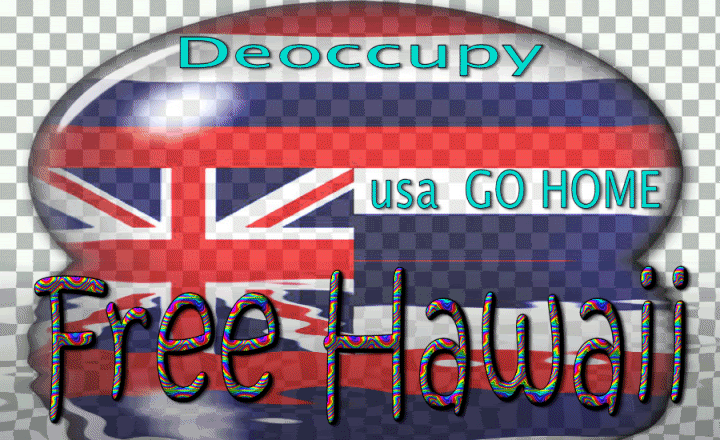

 LOL...THIS SMELLS OF ANOTHER SOILED BANDAID Like "OHA", Placed on a Deep & Growing WOUND !THIS ISNT THE ANSWER, SOVEREIGNTY , DEOCCUPATION and REPARATIONS is a START, anything else is"BUISNESS AS USUAL" = CULTURAL & RACIAL GENOCIED TARGETED at da KANAKA MAOLI the TRUE CARETAKERS of da AINA "ILLEGALLY OCCUPIED and RULED by usa" , KINGDOM of HAWAI'I!!
LOL...THIS SMELLS OF ANOTHER SOILED BANDAID Like "OHA", Placed on a Deep & Growing WOUND !THIS ISNT THE ANSWER, SOVEREIGNTY , DEOCCUPATION and REPARATIONS is a START, anything else is"BUISNESS AS USUAL" = CULTURAL & RACIAL GENOCIED TARGETED at da KANAKA MAOLI the TRUE CARETAKERS of da AINA "ILLEGALLY OCCUPIED and RULED by usa" , KINGDOM of HAWAI'I!!Nini'ane Date: Feb 28, 2008 5:07 AM

Comments